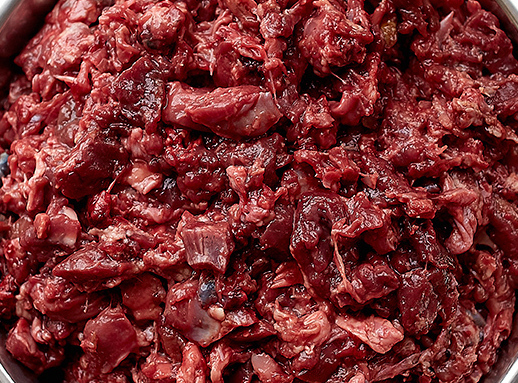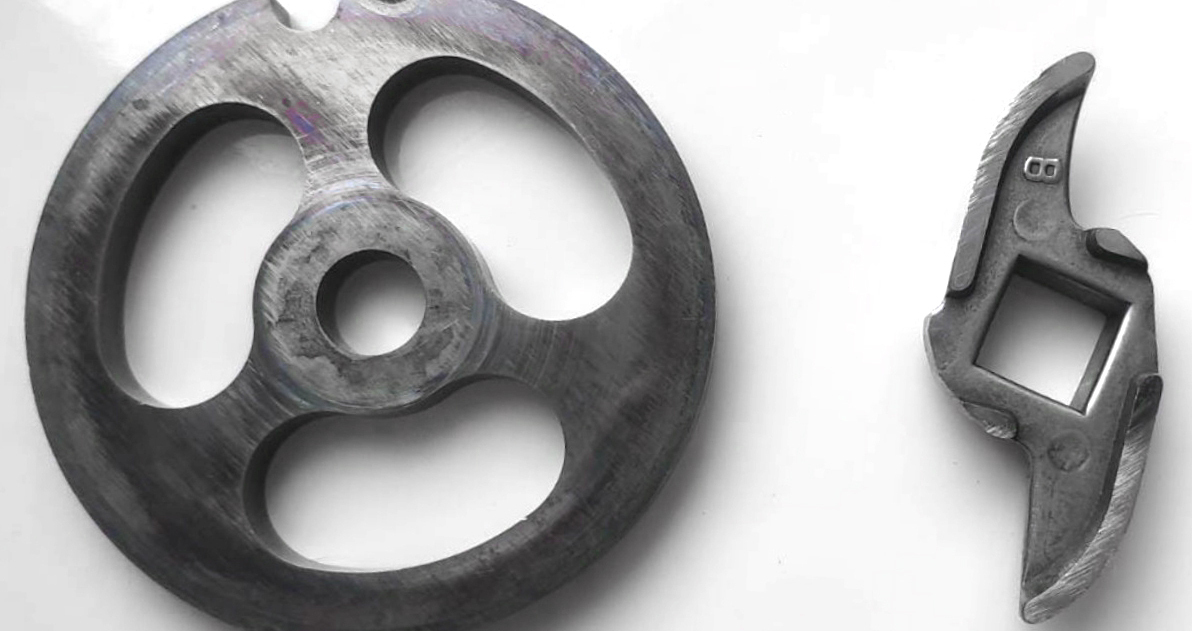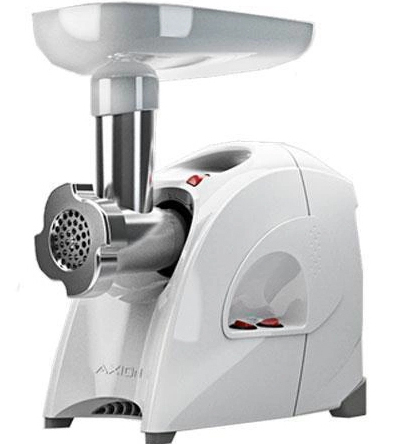RECOMMENDATIONS
The process of adopting a kitten, cattery diet and adaptation
After the family decides what they want to buy a particular kitten, logical questions arise: "How to do this and what is needed for this? When will the kitten be able to move to a new home, what documents we will receive and how to properly feed and adapt the kitten?" I have collected answers to all these questions in this article.
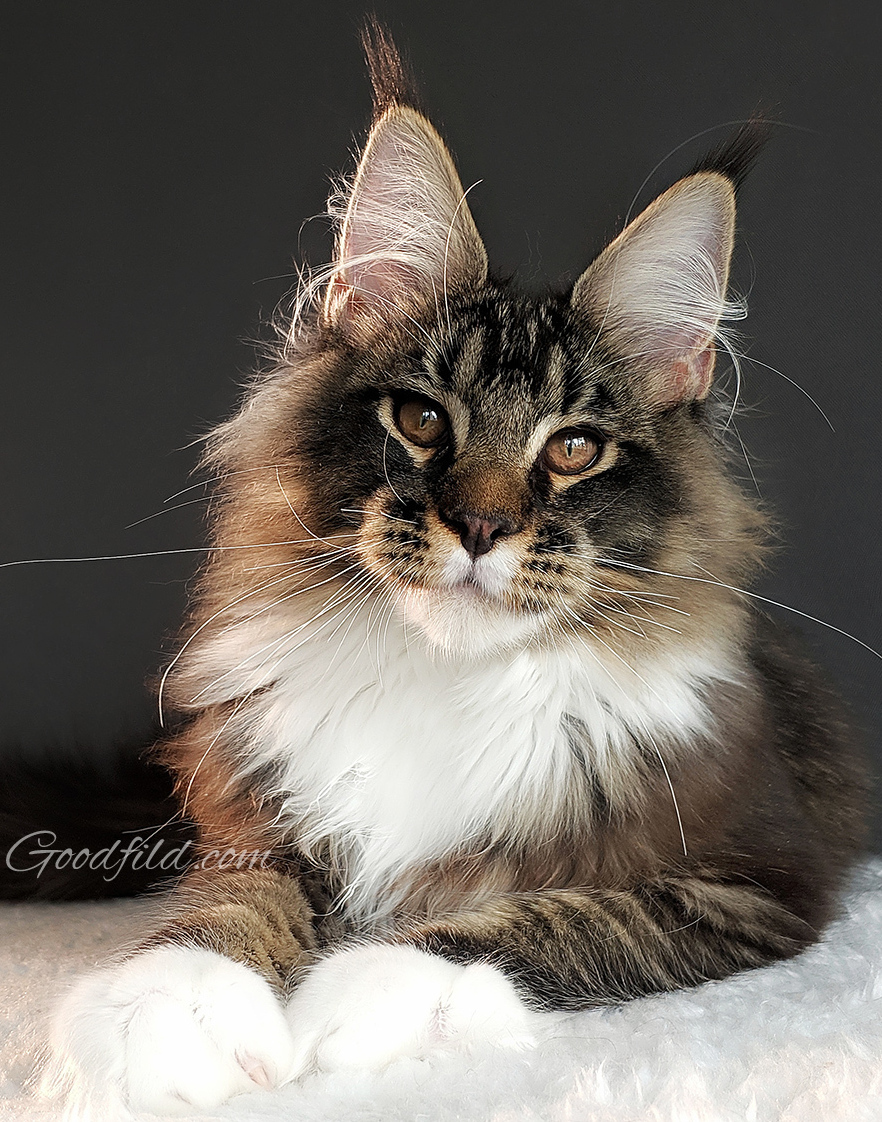
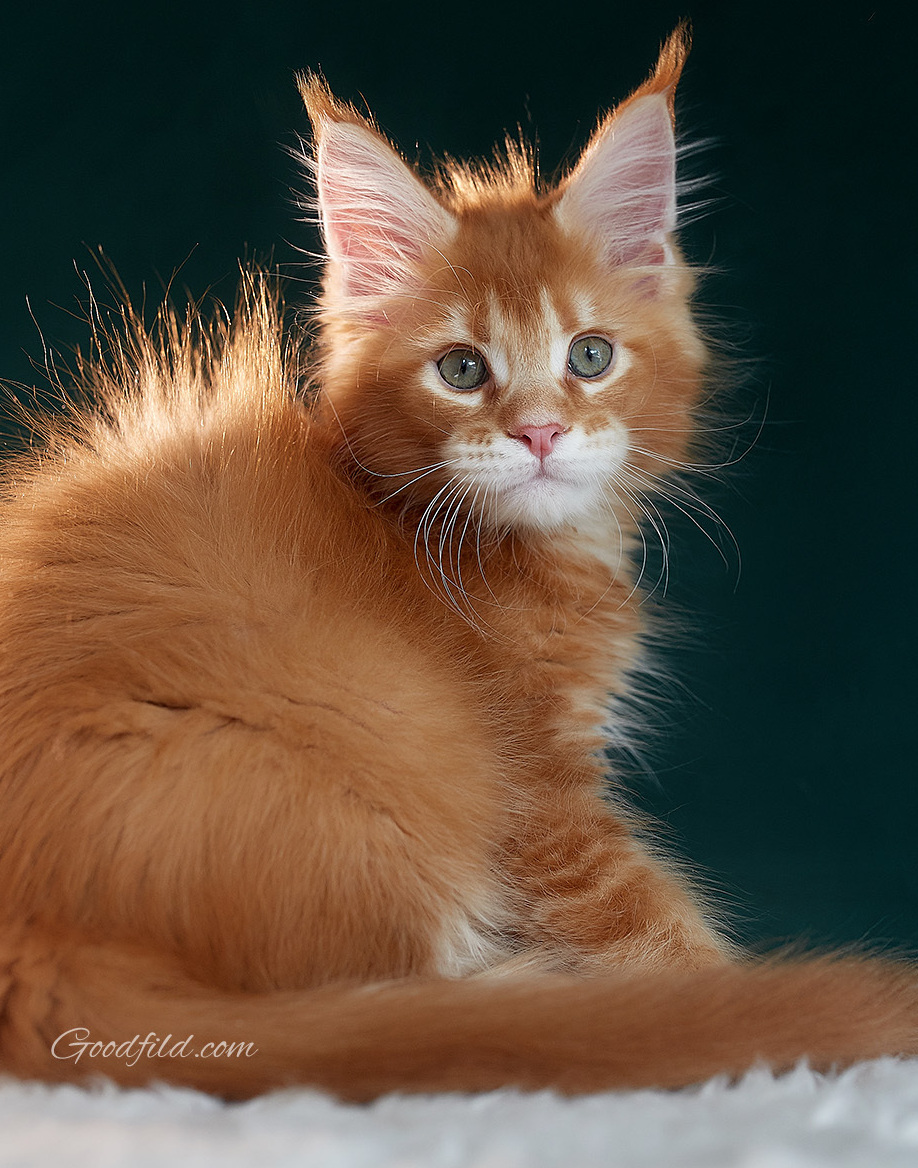

Adoption of a kitten, procedure and conditions
At what age does a kitten move to a new home?
Our kittens leave the cattery no earlier than at 4 months of age. Kittens move to a new home treated against parasites, twice vaccinated with a complex vaccine (including rabies), neutered and fully socialized.
What documents does the new owner receive for a kitten?
The new owner receives a veterinary passport with vaccination marks, WCF pedigree, copies of the parents' genetic tests (if desired), as well as a signed contract and my support on any issue throughout its life.
I want to buy a kitten, what do I need for this?
If you are interested in purchasing a kitten and want to get more information about it, please contact us by WhatsApp or write in social networks Facebook or Instagram. After discussing all details, we sign the contract and you transfer a deposit for a kitten. From the moment I receive the deposit - the kitten changes its status to reserved, removed from sale and grows only for you. Every 2 weeks (more often if time permits) you will receive new videos of your kitten until it is ready for travel.
+7 (904) 096-02-63 (WhatsApp) Galina Drigolya
+7 (908) 784-01-17 (WhatsApp) Oksana Drigolya (my daughter)
What is the payment procedure, the amount of the deposit and shipping cost?
Since in the current economic situation Russia has been disconnected from the SWIFT system, a direct bank transfer on my name/account is no longer possible. To receive money, we use the services of intermediaries who work for a percentage of the payment (~5-6%). Payment is made to bank account.
- If a kitten is reserved under the age of 3 months, then first you pay a deposit. The difference between the deposit and the price of kitten is has to be paid when the kitten reaches the age of 3.5 months. The amount of the deposit is 400 - 800$ (€).
- If the kitten is older than 3 months, then payment is made in full.
- For me you transfer only the cost of a kitten. For delivery - you pay to the courier.
Estimated shipping price: to America is 800-1200$, to Europe is 700€. The exact price will depend from the city where you live. Usually, shipping to America must be paid in full before delivery, to the courier. To Europe, most couriers prefer to receive a payment for delivery when you hand over the kitten. But be sure to write to the courier in forward, sometimes you need to make an advance payment.
Shipping, what is the process?
Our kittens live in many countries all around the world, so we have proven reliable couriers whom we can completely trust. After the kitten is fully paid and ready for travel, I give you the contacts of the courier with whom you solve organizational issues: date and time of delivery, payment issues and your details which is mind be needed for the courier, to prepare documents for transportation.
We live in the city of Belgorod, (this is ~700 km away from Moscow), for shipping we will arrange delivery of a kitten to Moscow on the agreed day where our courier meets him. The cost of delivery of a kitten to Moscow is included in the price of a kitten.
My courier and I settle the issues of the correct preparation of all the necessary documents and he does the work for which he gets paid - delivers the kitten at the appointed time and place. All that is needed from you is to give your contacts to the courier, agree on the date and time of meeting the kitten and pay for shipping.
What are the prices for breeding and for pets?
The cost of each kitten is individual and depends from the qualities (type) of the kitten, its color and pedigree value. Approximate cost of a kitten:
- Breeding prices start from 1600€ to 3000€ (1800$ - 3500$);
- Pet prices start from 500€ to 1800€ (600$ - 2000$);
Some of the outstanding type kittens in colors like smoke, high (pale) silver or shaded - for breeding can cost above the stated prices.
A kitten as a pet - will move into a family with all the documents and pedigree already neutered. The kitten for breeding will come with breeding rights, respectively.
DISCUSSION OF DETAILS
about kitten / about shipping process / about you as a future owner
CONCLUSION OF A CONTRACT
Protection of the rights and obligations of each party
PAYMENT
Bank transfer
SHIPPING
Welcome yor new family member
Maine Coon feeding.The diet of our cattery
Maine Coons are truly amazing cats that capture the hearts of many people for their gentle disposition, high intelligence, charisma and of course their large size. But it is also necessary to understand that a rapidly growing breed requires special attention in the growth process, so you need to approach their nutrition with all responsibility and not save when choosing a brand of dry food and / or strictly follow the proportions of meat ingredients if you decide to continue the diet of our cattery.
So, the animals of our cattery are completely on a natural species-typical diet (BARF): this is meat and offal (meat mix). Only fresh, after deep freezing, from stores for people (here all meat undergoes mandatory veterinary control). By following simple rules and proportions of ingredients, our cats look and feel great, with beautiful coat and strong health.
Why did we choose meat instead of dry food?
- Health. Don't forget that cats are obligate predators with protein-fat metabolism, cats need meat! Only by eating meat does the cat's body work properly, cats are always in great condition and have strong immunity.
- We ourselves control what we feed our animals. We see the quality of the meat we give, we are confident in its freshness, we know what ingredients are in the animal's diet.
- No stool odor. Perhaps one of the most pleasant bonuses of natural diet! Meat has a very high percentage of assimilation, so that stool in cats is rare, and in small quantities (once every 1-3 days)
I am always very glad if the new owner has the opportunity to continue the species-typical feeding of our graduates, but I perfectly understand that not everyone can do this due to the busyness / presence of other animals in the family on dry food, who don't want to change their usual diet. In this case, the switch to dry food should be gradual.
The procedure for transferring from nature diet to dry food
In the first week after moving to a new home - the kitten should eat ONLY meat according to our recommendations, a drastic change in diet can provoke a malfunction in the gastrointestinal tract. If the shipping of a kitten lasts more than 2 days, feeding with meat is not possible and we are forced to give dry food during the trip. Therefore, you need to treat this with understanding, prepare the meat earlier and remove dry food from the diet after arrival. If the kitten got problems with stool - within a few days everything is usually returns to normal with his previous diet.
For the first week, you can give any fresh muscle meat as a base and give one chicken neck in a day, having previously cut it into pieces. Only after you are convinced that the kitten's stool is normal, the animal is active and feels great - you can gradually introduce dry food. It is necessary to start with a very small amount, 10-20g per day for the second week, control the stool and the absence of vomiting. By the third week, increase the amount to 50-60 grams, gradually increasing the proportion of dry food in the diet until the transition is complete.
With a kitten on a travel, we give the brand of dry food "Alleva". This is a dry food of a holistic class that most kittens digest well even when the kitten is not accustomed to eat anything other than meat, if you are considering feeding only with dry food in the future, then I recommend this brand.

Don't forget that when feeding with dry food, there must always be fresh water available !!! Hundreds of thousands of years of evolution have laid down in cats the ability to get all the moisture they need, mainly from food. While when eating meat, a cat receives 70-80% moisture, the percentage of moisture in dry food does not exceed 5-10%, therefore, in order to replenish the moisture reserves in the body, a cat eating dry food needs to drink a lot. But even in spite of this - the cat is not able to drink the required amount of liquid and being in a state of constant dehydration, kidney disease and bladder disease develop. Therefore, I recommend giving wet food / or fresh meat to dry food in the diet every day. Also, a great trick to get your cat to drink more is to buy a special drinking fountain, paying attention to wireless models. Cats are very interested in them, and special filters efficiently purify the water from contamination, which frees the owners from the daily replacement of drinking water.
Natural species-typical nutrition. Details of the diet
As I wrote above, the animals of our cattery are completely on a natural species-typical diet: this is meat and offal (meat mix). Only fresh, after deep freezing, from stores for people (here all meat undergoes mandatory veterinary control). We prepare the meat mix for 3/4 weeks, cut into pieces (4-7cm), divide into single portions (at the rate of 250-350g per day for one cat) and freeze it. Every day we take out a fresh portion from the freezer (for example, from night to morning, from morning to evening). If the kitten has not finished within an hour, put the leftovers in the fridge.
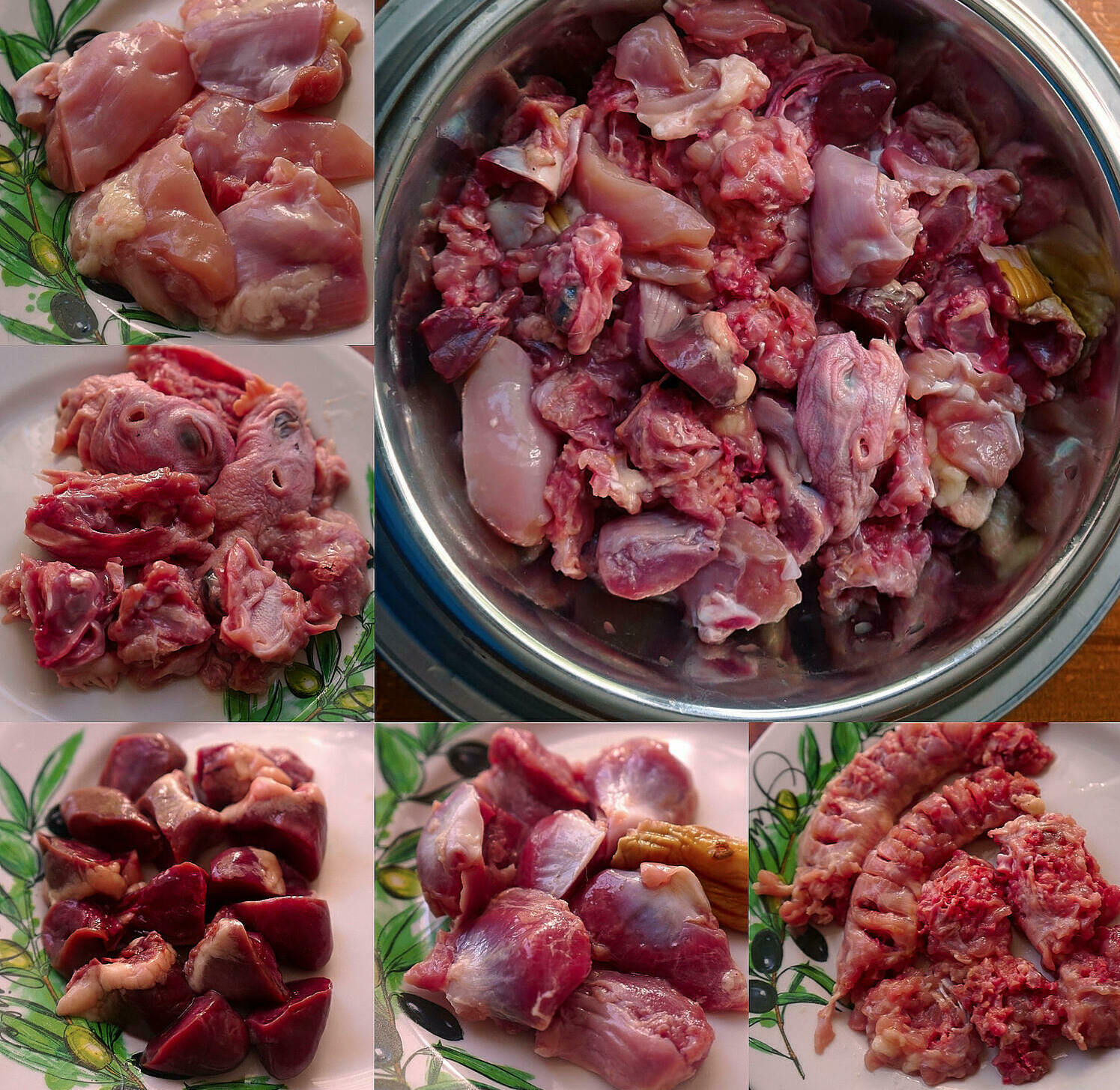
The approximate composition of the meat mix:
- 60% red muscle meat;
- 20% chicken heads (beak removed);
- 15% chicken necks;
- 5% liver ( max 10%);
- Fresh zucchini / carrots optional.
Additives:
- Sea fish once a week / two, cooked, boneless, or fish oil;
- Quail egg 2 times a week;
- Cottage cheese, natural yogurt;
- Brewer's yeast (course, during molting)
1. We use pork hearts, chicken thighs, and chicken stomachs as a base ingredients. Pork heart has a high palatability, and in terms of usefulness it is the leader among other types of meat.We can also add any other type of muscle meat: chicken / turkey / pork / beef thighs - it all depends on your desire to diversify the diet and pamper your pet. Each of these ingredients has approximately the same nutritional value, so if you don't have one ingredient, you can safely replace it with another
2. Chicken heads and necks are an essential source of calcium, trace minerals and collagen. They contain natural chondroprotectors. These bones are quite soft, and gastric juice digests them with ease. A cat on natural species-typical nutrition will never injure itself with them. In addition, the "whole" chicken neck is a great "toothbrush" for cats - while the cat gnaws it, it brushes off plaque from the teeth and massages the gums, which is an excellent prevention of stomatitis. Also, chicken frames, backs, wings can be used as a bone component (the last ones must be ground in a meat grinder). In case of chicken allergy, quail / duck / turkey necks can be used as an alternative. But it should be borne in mind that the mineralization of the bones of duck and turkey necks is much higher than that of chicken necks and heads, so there should be 2 times less of them, and they should be crushed in a meat grinder / beaten off with a kitchen hammer.
Prohibited:
- Thick tubular bones (especially in the paws), they are too hard and sharp, they can injure the kitten, must be removed;
- Heat treatment of the bone component, in this form they are not absorbed by the body, which can lead to injuries and intestinal obstruction.
IF YOU ARE NOT READY TO GIVE MEAT AND BONE INGREDIENTS TO THE KITTEN - REFUSE FROM NATURAL FEEDING AND USE OF DRY FOOD !!! Lack of a source of calcium and microelements will inevitably lead to catastrophic consequences for the body !!! Calcium supplements are not a substitute of bones!
3. The liver is a "vitamin bomb" in a cat's diet, a lack of vitamins will affect the quality of the coat, condition, and immunity. But the amount of liver in the diet should not exceed 5-10%, since, firstly, the liver can weaken the stool, and secondly, the excess of vitamins is worse than their lack, so we observe the measure.The favorite in terms of usefulness / palatability is beef liver, then pork liver, in last place chicken.
4. Fresh zucchini / carrots / bran.These ingredients are added as fiber to the diet. They are not necessary, added to the diet if the kitten has difficulty going to the toilet (stool is too hard / does not go to the toilet for more than three days).The carrots are boiled and cut into pieces, the zucchini is rubbed fresh on a fine grater.
Additives:
We choose only sea fish, for safety. Boil in a small amount of water for literally 5 minutes, remove the bones before serving, you can give it along with the broth - they will drink it with pleasure. Alternatively, you can use fish oil, but it is better to take it in capsules, since it goes rancid very quickly. Don't take fish oil from pet stores, as a rule, its quality is significantly lower, better to take from human pharmacy. Eggs are essential in the diet as a source of many essential vitamins and nutrients. Quail eggs are recommended as safer (from chicken eggs), it can be mixed with meat. You can also use boiled chicken eggs. Brewer's yeast stimulates appetite well if we notice that the kitten has begun to eat worse and is naughty in food, and the B vitamins in it have a good effect on the quality of the wool. We add them to the diet a couple of times a week on an ongoing basis and during the period of active molting.
To speed up the process of preparing the meat mix, we use a meat grinder with a special grate with large holes and a knife for two blades (you can ask the key keeper to cut it off). The meat is obtained in small pieces and not minced, cats don't like minced meat. This variation is very convenient in conditions of lack of time, it allows you to prepare a month's supply of meat in less than a couple of hours.
Recipe 1
(Meat mix - 9 kg)
with a portion of 300g per day on average - preparation for 1 month
| Hearts (pork /beef / chicken ) | 2 kg | |
| Thighs (chicken / turkey, pulp only ) | 2 kg | |
| Chicken stomachs | 1 kg | |
| Chicken heads (beak removed) | 2 kg | |
| Chicken necks | 1,5 kg | |
| Liver (Beef / Pork / Chicken) | 0,5 kg | |
| Quail eggs | 8 pieces | |
| TOTAL : | 9 kg | |
| Sea fish separately once a week | ||
Recipe 2
(Meat mix - 5 kg)
with a portion of 300g per day on average - preparation for 16 days
| Whole chicken* | 2,5 kg | |
| Thighs** (chicken/turkey ); or/and hearts (pork/beef) | 1,5 kg | |
| Liver (Beef / Pork / Chicken) | 0,5 kg | |
| Fillet of sea fish | 0,5 kg | |
| Quail eggs | 5 pieces | |
| TOTAL : | 5 kg | |
| *Whole chicken (2/3 pieces) with skin and bones, remove tubular bones, grind other bone parts in a meat grinder, cut meat pulp with a knife. **Remove the bones from the thighs, use only the pulp | ||
Both recipes can be supplemented with kidneys, lungs, cow's udder, but no more than 10% of meat mix
Moving to a new home. Adaptation and maintenance of the kitten
So, you have already decided on the choice of a kitten and are waiting with trepidation when you can take it home, or are you just planning to purchase it and are puzzled about what needs to be prepared for a comfortable life of a fluffy friend?
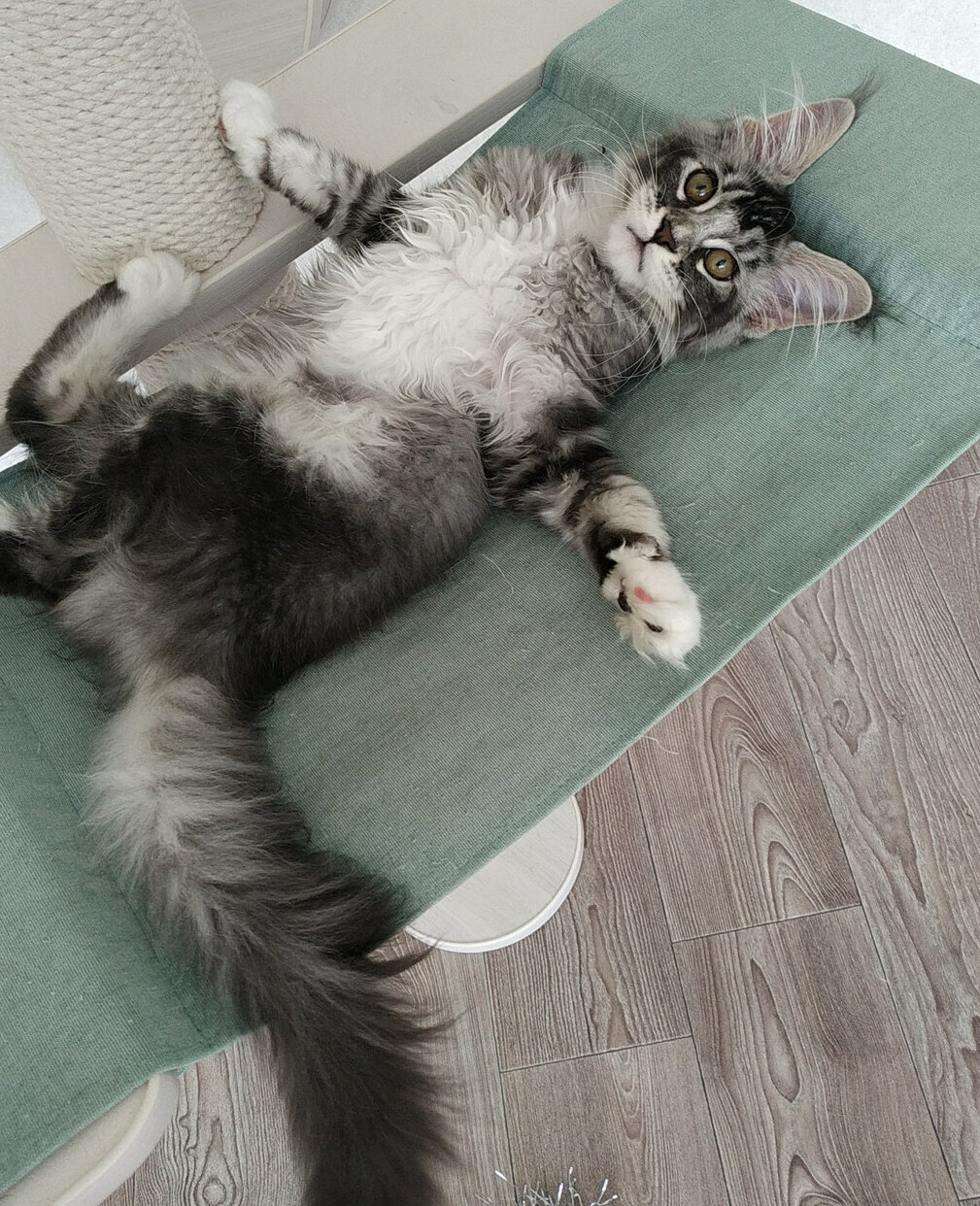
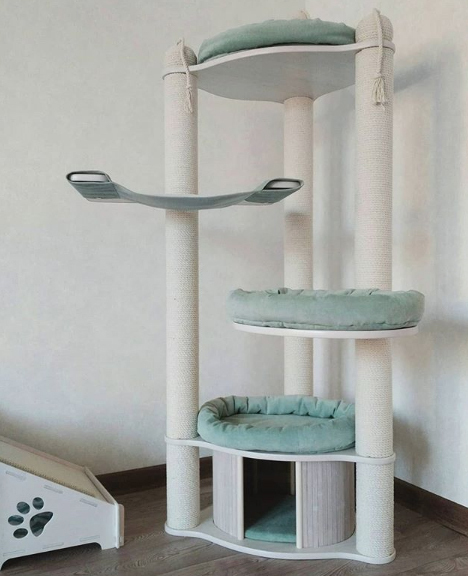
Let's talk about the main things in order!
Before the arrival of the kitten, you should prepare a litter box that is as similar as at home. Also you can prepare a few options so that the kitten can choose what he likes. Two bowls (for water and food), a place to sleep (this can be beds, scratching posts, a cat's tree), food and toys. As well as care items: comb, nail clipper and shampoo for wool.
.........the article is in the process of writing. Many additions and changes will follow..............

